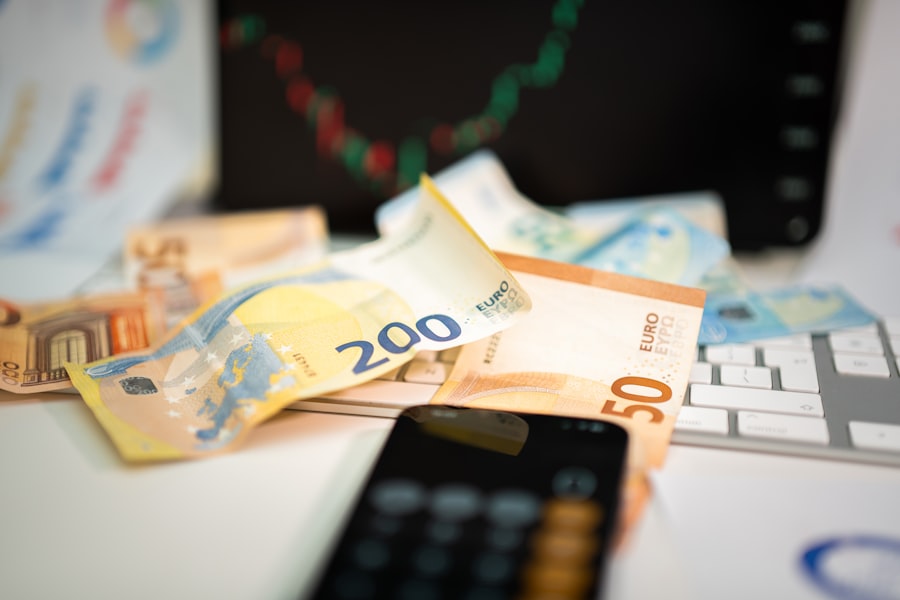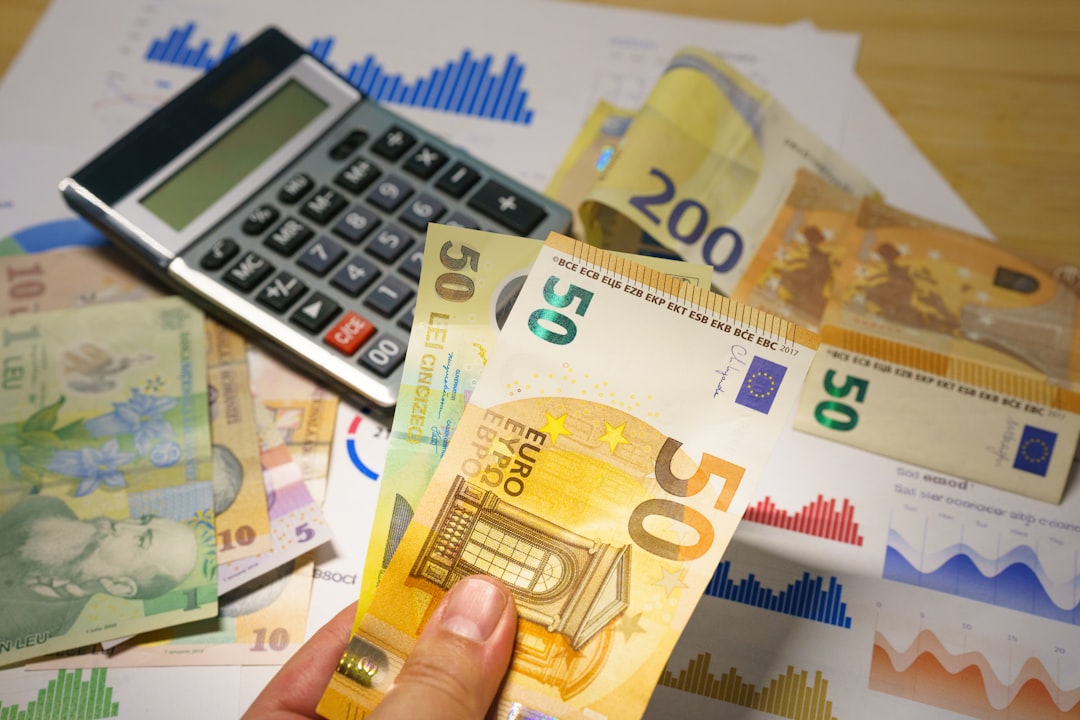In an increasingly digital world, managing personal finances has become more accessible and efficient, thanks in large part to budgeting apps. These applications serve as powerful tools that help individuals track their income, expenses, and savings goals, all from the convenience of their smartphones or computers. The rise of budgeting apps reflects a broader trend toward financial literacy and empowerment, enabling users to take control of their financial futures.
With a plethora of options available, each app offers unique features tailored to different financial needs and preferences. Budgeting apps not only simplify the process of tracking expenses but also provide insights into spending habits, helping users make informed decisions about their finances. Many of these applications come equipped with features such as bill reminders, goal setting, and even investment tracking.
As consumers become more aware of the importance of budgeting in achieving financial stability, the demand for these digital tools continues to grow. This article will explore some of the most popular budgeting apps available today, highlighting their key features, benefits, and potential drawbacks.
Key Takeaways
- Budgeting apps are designed to help individuals manage their finances and track their spending habits.
- Mint is a popular budgeting app that offers features such as bill tracking, credit score monitoring, and investment tracking.
- YNAB (You Need a Budget) focuses on the zero-based budgeting method and encourages users to give every dollar a job.
- PocketGuard is a budgeting app that focuses on helping users track their spending and set savings goals.
- Goodbudget is based on the envelope budgeting method and allows users to allocate their income into different spending categories.
Mint
Automated Transaction Categorization
The app categorizes transactions automatically, allowing users to see where their money is going without manual entry.
Personalized Budgeting and Alerts
One of Mint’s standout features is its budgeting tool, which enables users to set specific spending limits for various categories such as groceries, entertainment, and transportation. The app sends alerts when users approach or exceed these limits, fostering accountability and encouraging better spending habits.
Insights and Recommendations
Additionally, Mint offers personalized insights and recommendations based on users’ financial behavior, helping them make informed decisions about saving and investing. However, while Mint is free to use, it does generate revenue through targeted advertisements and offers for financial products, which some users may find intrusive.
YNAB (You Need a Budget)

YNAB, or You Need a Budget, takes a different approach to budgeting by emphasizing proactive financial management rather than reactive tracking. The app is built around four fundamental rules designed to help users gain control over their money: give every dollar a job, embrace your true expenses, roll with the punches, and age your money. This philosophy encourages users to allocate their income toward specific goals and expenses before they even occur, fostering a sense of purpose in spending.
One of the key features of YNAB is its ability to help users plan for irregular expenses that often catch them off guard. By breaking down annual costs like insurance premiums or holiday shopping into monthly contributions, users can avoid financial stress when these expenses arise. YNAB also offers robust reporting tools that provide insights into spending trends over time, allowing users to adjust their budgets as needed.
While YNAB requires a subscription fee after a free trial period, many users find that the value it provides in terms of financial clarity and control far outweighs the cost.
PocketGuard
| Metrics | Value |
|---|---|
| Number of Downloads | 5 million |
| User Rating | 4.7 out of 5 |
| Monthly Active Users | 1 million |
| Features | Expense tracking, budgeting, bill tracking |
PocketGuard is designed for those who want a straightforward approach to budgeting without the complexity of traditional methods. The app connects to users’ bank accounts and provides a clear picture of how much disposable income they have after accounting for bills, goals, and necessities. This feature is particularly appealing for individuals who may feel overwhelmed by detailed budgeting processes or who simply want to know how much they can spend without going into debt.
The “In My Pocket” feature is one of PocketGuard’s most notable aspects. It calculates how much money users have available for discretionary spending after considering fixed expenses and savings goals. This real-time insight helps users make informed decisions about their spending throughout the month.
Additionally, PocketGuard offers customizable categories for tracking expenses and provides insights into recurring payments that may be draining users’ finances. While the app is user-friendly and effective for basic budgeting needs, some users may find it lacks the depth of analysis offered by more comprehensive apps like YNAB or Mint.
Goodbudget
Goodbudget takes a unique approach to budgeting by utilizing the envelope system—a traditional method where cash is divided into different envelopes designated for specific spending categories. In the digital realm, Goodbudget allows users to create virtual envelopes for various expenses, helping them allocate funds effectively without the need for physical cash. This method can be particularly beneficial for those who prefer a visual representation of their budget.
The app’s simplicity is one of its greatest strengths; users can easily set up envelopes for categories such as groceries, dining out, and entertainment. As they spend money from each envelope, they can track their remaining balance in real-time. Goodbudget also supports syncing across multiple devices, making it easy for couples or families to collaborate on budgeting efforts.
While Goodbudget offers a free version with limited envelopes and features, a paid subscription unlocks additional functionality such as unlimited envelopes and advanced reporting tools.
Wally

Easy Expense Tracking
One of its standout features is its ability to scan receipts using the smartphone camera, making it easy to log expenses without manual entry. This feature is particularly useful for individuals who want to keep track of their spending on-the-go without the hassle of entering data manually.
Setting Financial Goals and Tracking Progress
Wally also allows users to set financial goals and track their progress over time. Users can categorize their expenses and view detailed reports that highlight spending trends in various categories. The app’s user-friendly interface makes it accessible for individuals at all levels of financial literacy.
Premium Features and Customization
However, while Wally offers many useful features for free, some advanced functionalities may require a premium subscription. This tier provides additional insights and customization options that can enhance the overall budgeting experience.
Personal Capital
Personal Capital stands out from traditional budgeting apps by combining budgeting tools with investment tracking capabilities. This dual functionality makes it an excellent choice for individuals who want to manage both their day-to-day finances and long-term investment strategies in one place. Users can link their bank accounts and investment portfolios to gain a comprehensive view of their financial health.
The app’s dashboard provides insights into net worth, asset allocation, and investment performance, allowing users to make informed decisions about their financial future. Personal Capital also offers retirement planning tools that help users project their future savings needs based on current spending habits and investment growth rates. While Personal Capital is free to use for its budgeting and investment tracking features, it does offer wealth management services for a fee—an option that may appeal to those looking for professional guidance in managing their investments.
Conclusion and Final Thoughts
The landscape of personal finance management has been transformed by the advent of budgeting apps that cater to diverse needs and preferences. From comprehensive platforms like Mint and YNAB to more straightforward options like PocketGuard and Goodbudget, there is an app suited for every individual’s financial journey. Each application offers unique features that can help users gain control over their finances, whether through detailed tracking or simplified expense management.
As consumers continue to seek ways to enhance their financial literacy and achieve their monetary goals, these budgeting apps will play an increasingly vital role in shaping how people interact with their money. By leveraging technology to streamline budgeting processes and provide valuable insights into spending habits, these tools empower individuals to make informed decisions about their finances—ultimately leading to greater financial stability and success in achieving personal goals.
If you are looking for a top budgeting app to help you track your finances, you may want to consider using Smartsheet. This powerful tool allows you to create a master budget and track your expenses with ease. In fact, Valapoint has a great article on how to use Smartsheet for budget tracking, which you can read here. It’s a great alternative to Mint and offers a wide range of features to help you stay on top of your finances.


